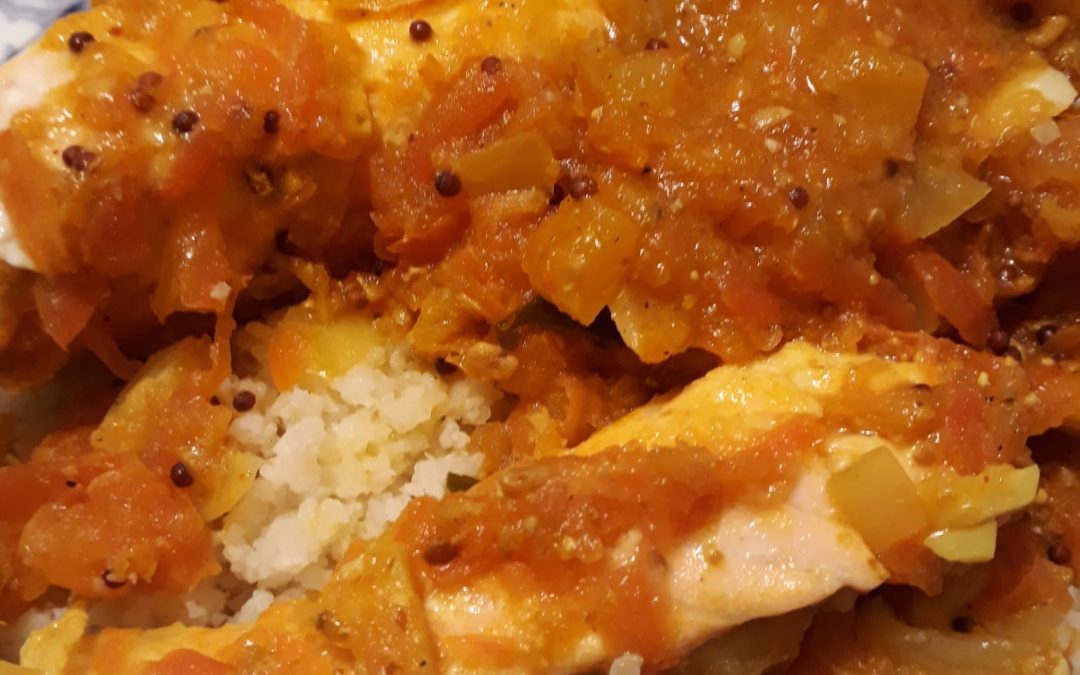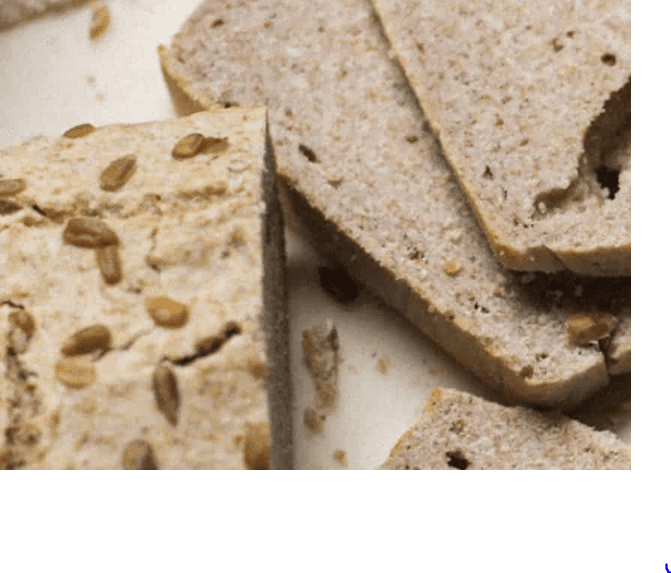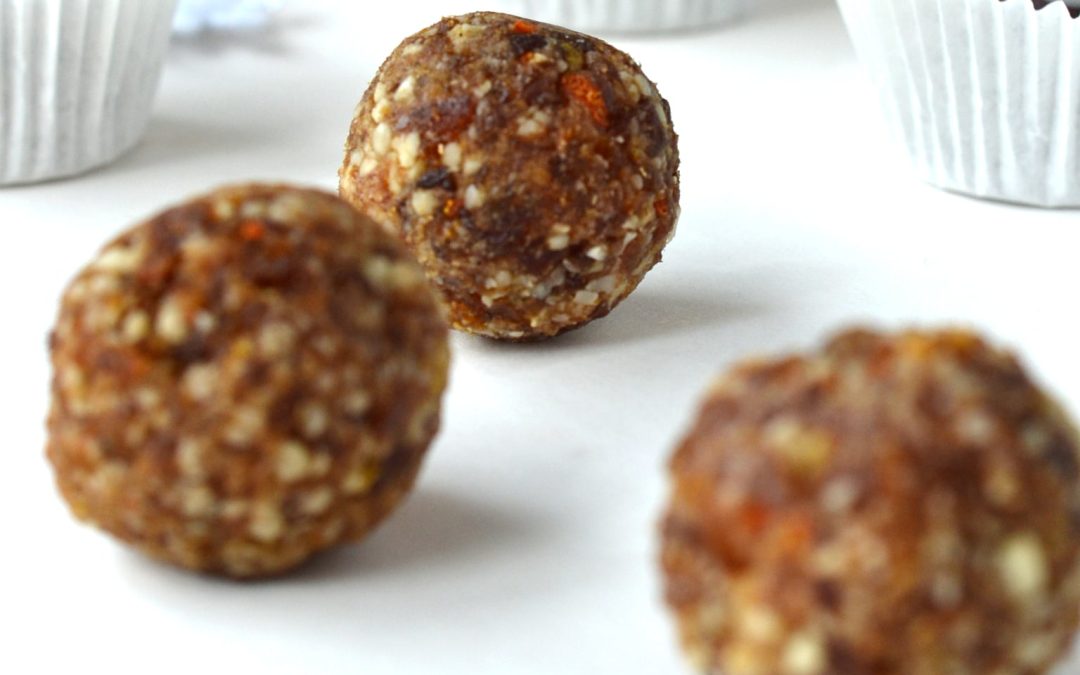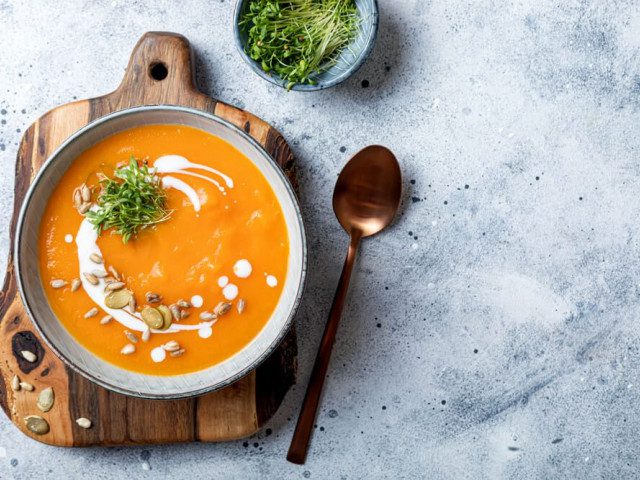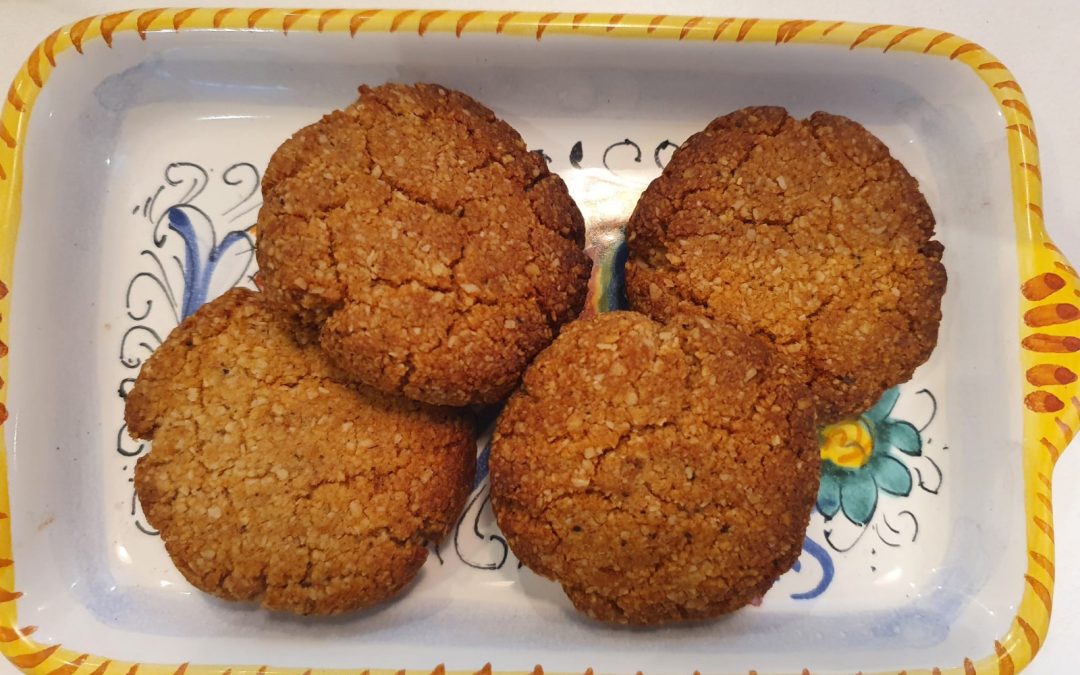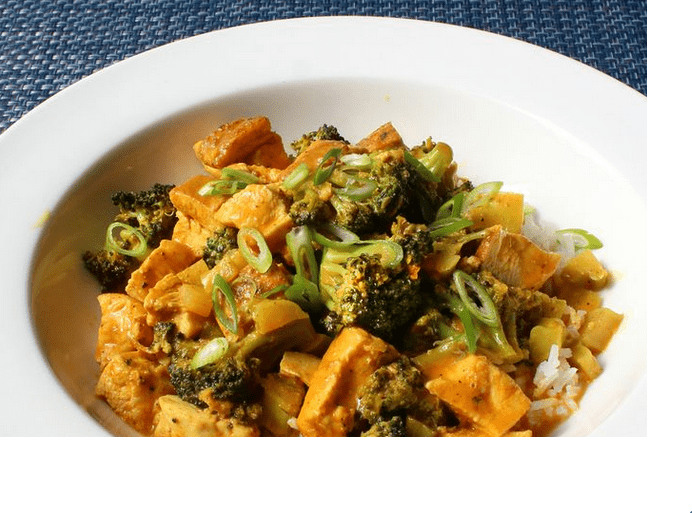
Leftover chicken/turkey and broccoli curry
Leftover chicken/turkey and broccoli curry
1 large onion peeled and sliced finely
250 g leftover cooked chicken off the bone, shredded
1 can (400g) chopped tomatoes
2 large cloves garlic, crushed
1 heaped tsp (teaspoon) each of ground coriander + cumin
2 heaped tsp garam masala
Optional chilli powder 1/2 level teaspoon for heat
If you don’t have those spices, 4 tsp gluten-free curry powder will do
1 level dessertspoon virgin coconut oil or ghee
150-200g tenderstem broccoli, cut in 4cm lengths
150g (1 mug to brim) frozen peas
100ml chicken stock or water
100ml (nearly ½ a big can) full fat coconut milk
Salt and Pepper to taste
Optional: fresh coriander leaves to garnish
1. Steam-fry onions: put them with the oil and 1 dsp water into a heavy bottomed saucepan, cover with lid or plate. Cook on medium heat till soft and translucent (around 12 mins). You don’t want them to brown. Browned food is damaging to our health.
2. Add the crushed garlic, spices and stir around for a minute.
3. Add tomatoes, coconut milk and chicken stock/water to the pan and simmer for 10 minutes, stirring regularly till the mixture is a bit thickened. Season to taste.
4. Add chicken, broccoli, put the lid on and cook for a further 5 minutes until the broccoli has changed colour and the chicken is heated through. While you’re waiting for this, pour some hot water over your frozen peas in a strainer to thaw them quickly. Add to the pot a couple of minutes before the end so they’re still an appetizing bright green when you come to eat.
5. Garnish with fresh coriander leaves if you have them.
Serve with:
Low carb (lower carbohydrate = lower sugars): 1 cup cauliflower rice per person
Medium carb (if you do not want to drop weight) brown basmati rice (measure 1/4 mug per person dry weight and cook in twice its volume of boiling water from the kettle).
Variations and swaps:
Instead of the coconut milk use 30g creamed coconut from a block you can buy in Asian shops. Chop it up before adding to the pan with the tomatoes so it doesn’t take ages to melt!. This is very economical cos you just use what you need and keep the rest in the fridge for another time.
Why this is good for you
We’ve all gone a bit fat phobic, culturally. But it is high carbohydrate diets (lots of grains like wheat rice or pasta, potatoes and sugar or fruit juices) that pile on the weight. And cause inflammation in your arteries i.e. heart disease. Refined or heated nut/seed oils are another big driver. So sticking with healthier oils like ghee, coconut milk and olive oil and limiting your carb intake keeps you healthier. Herbs and spices and powerhouses for your health. They are natural anti-inflammatories and alter your gut micro-biome (the micro organisms in our gut we need for health). Alter it in favour of the good guys that regulate weight, blood pressure and every single metric of health, including preventing digestive disorders and diabetes.

